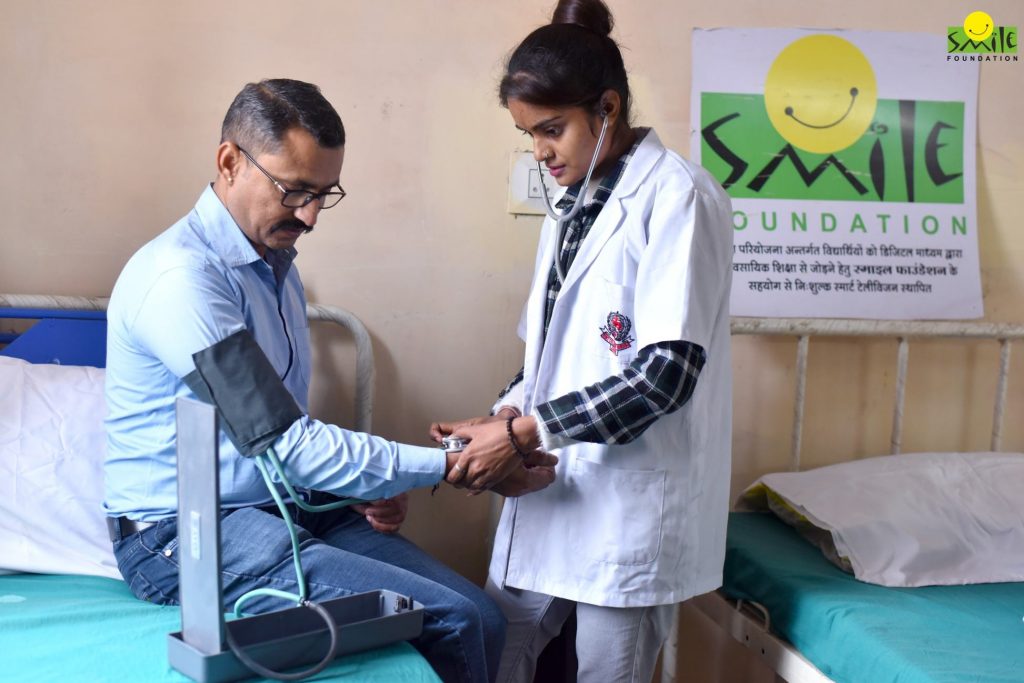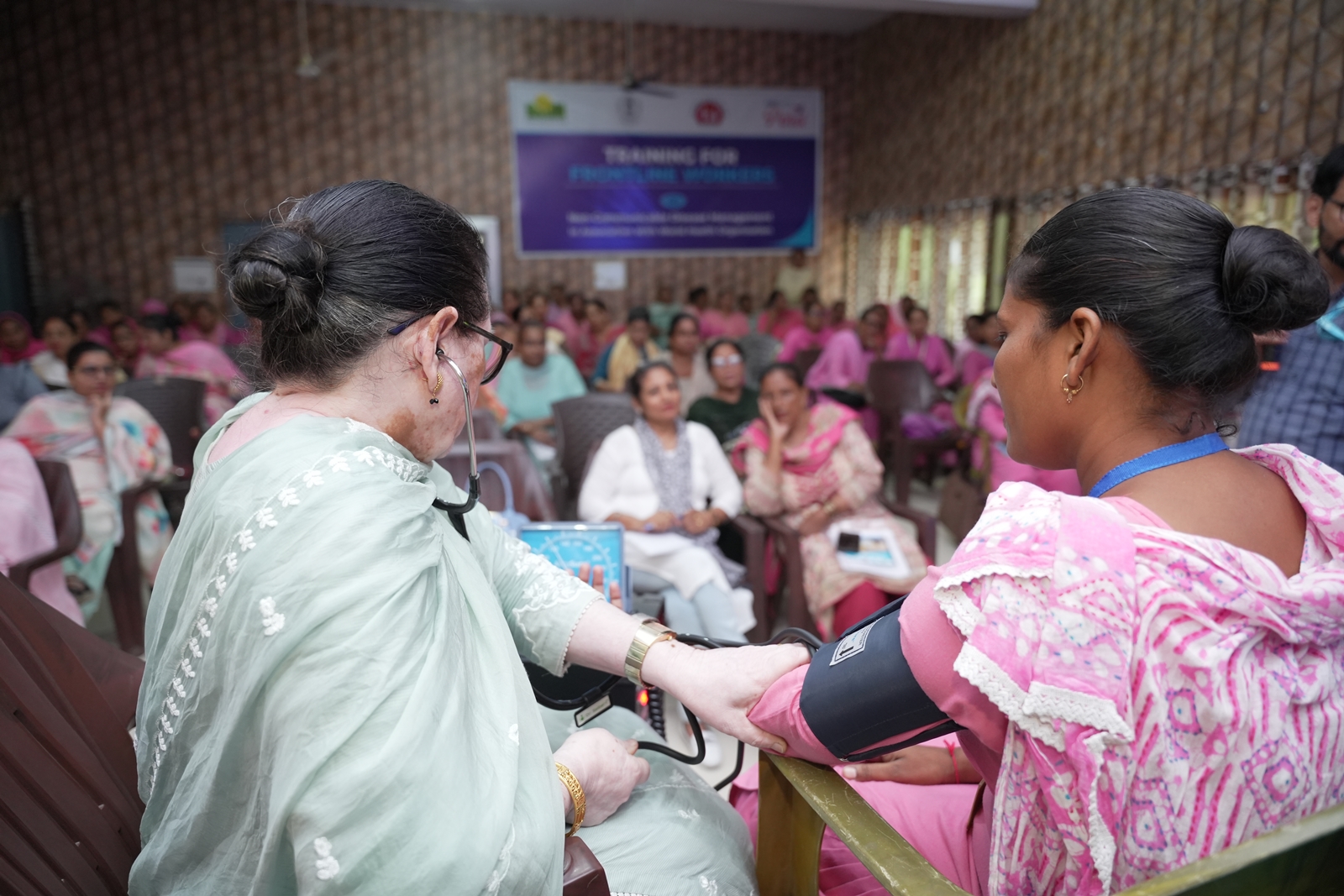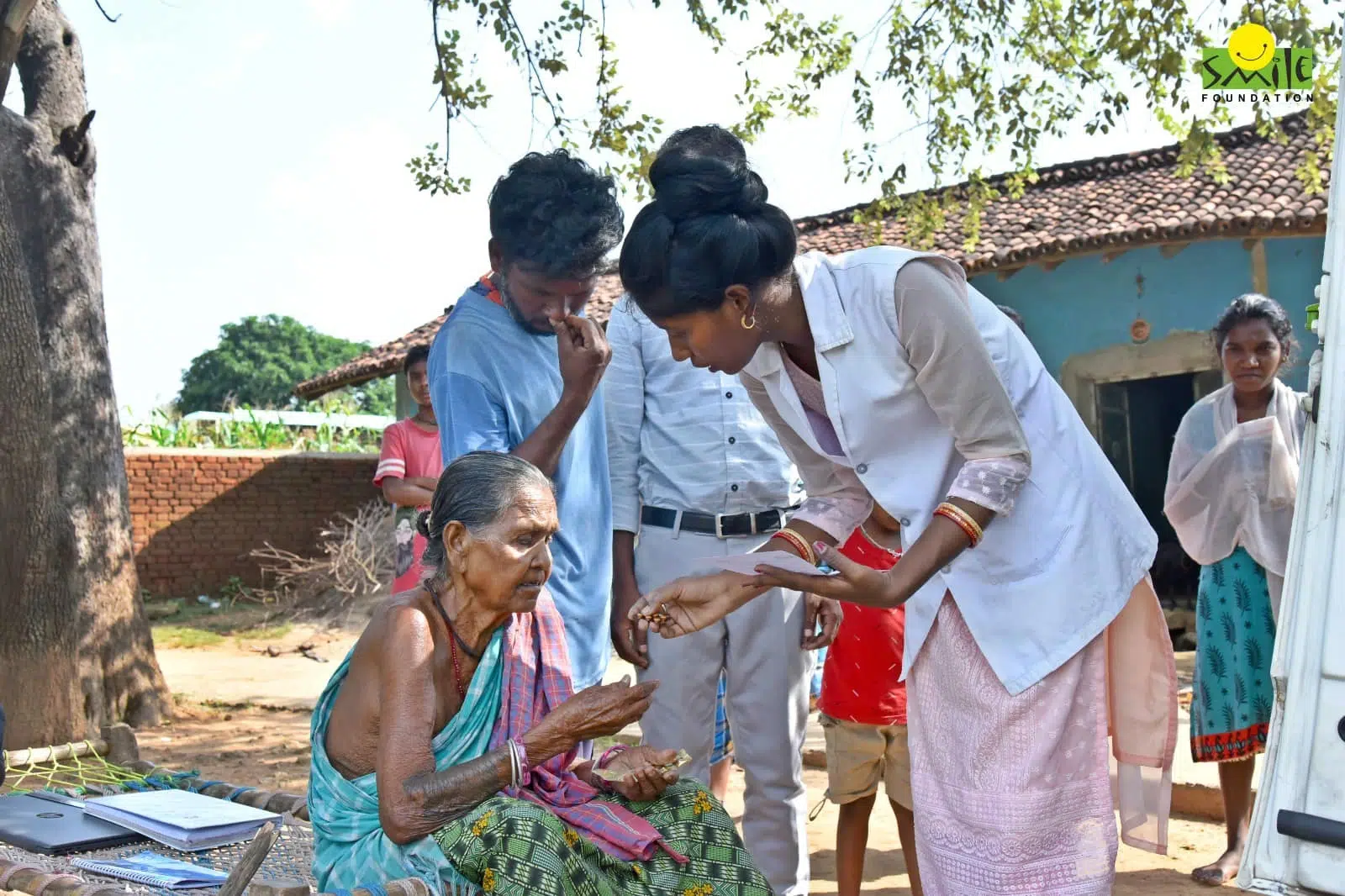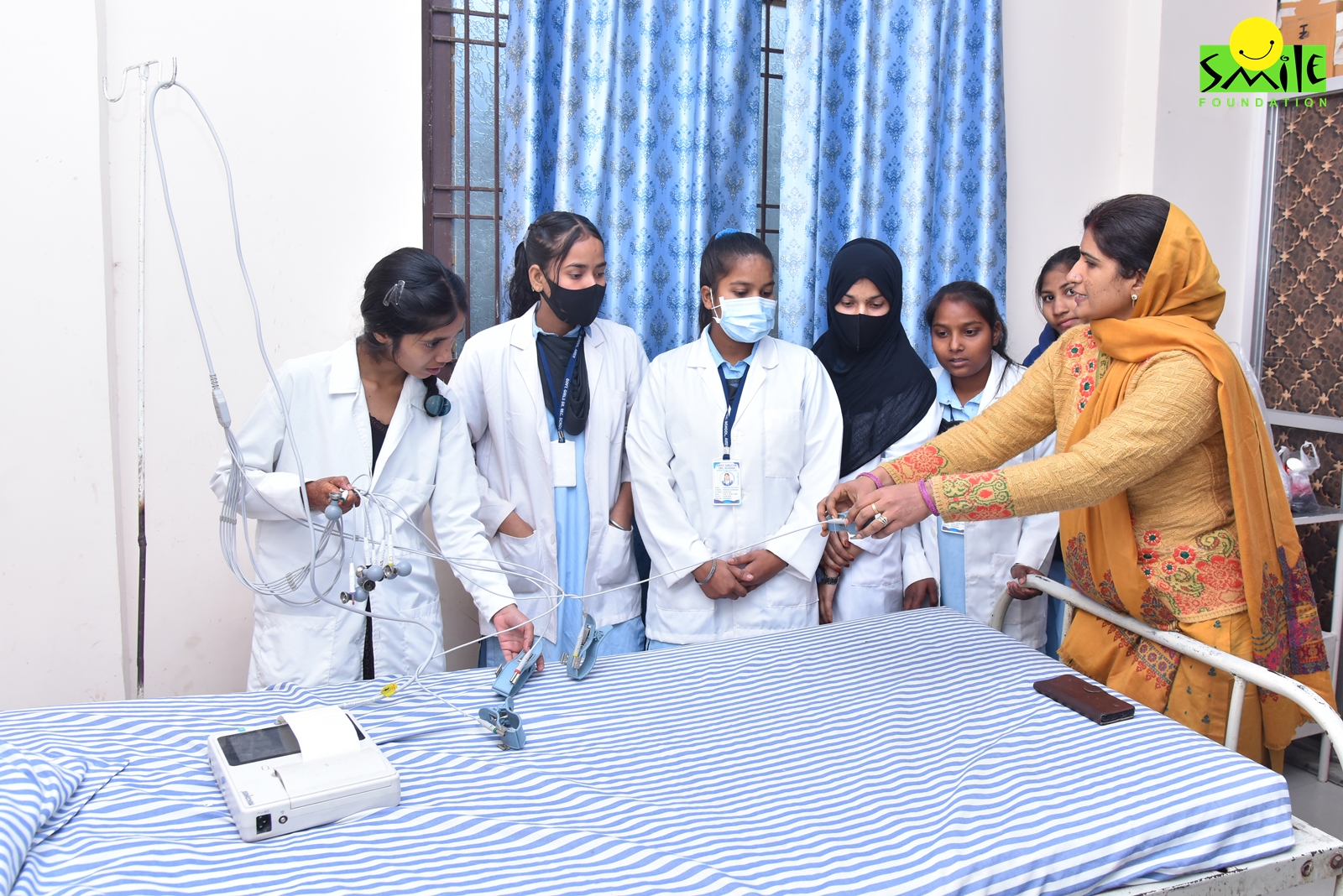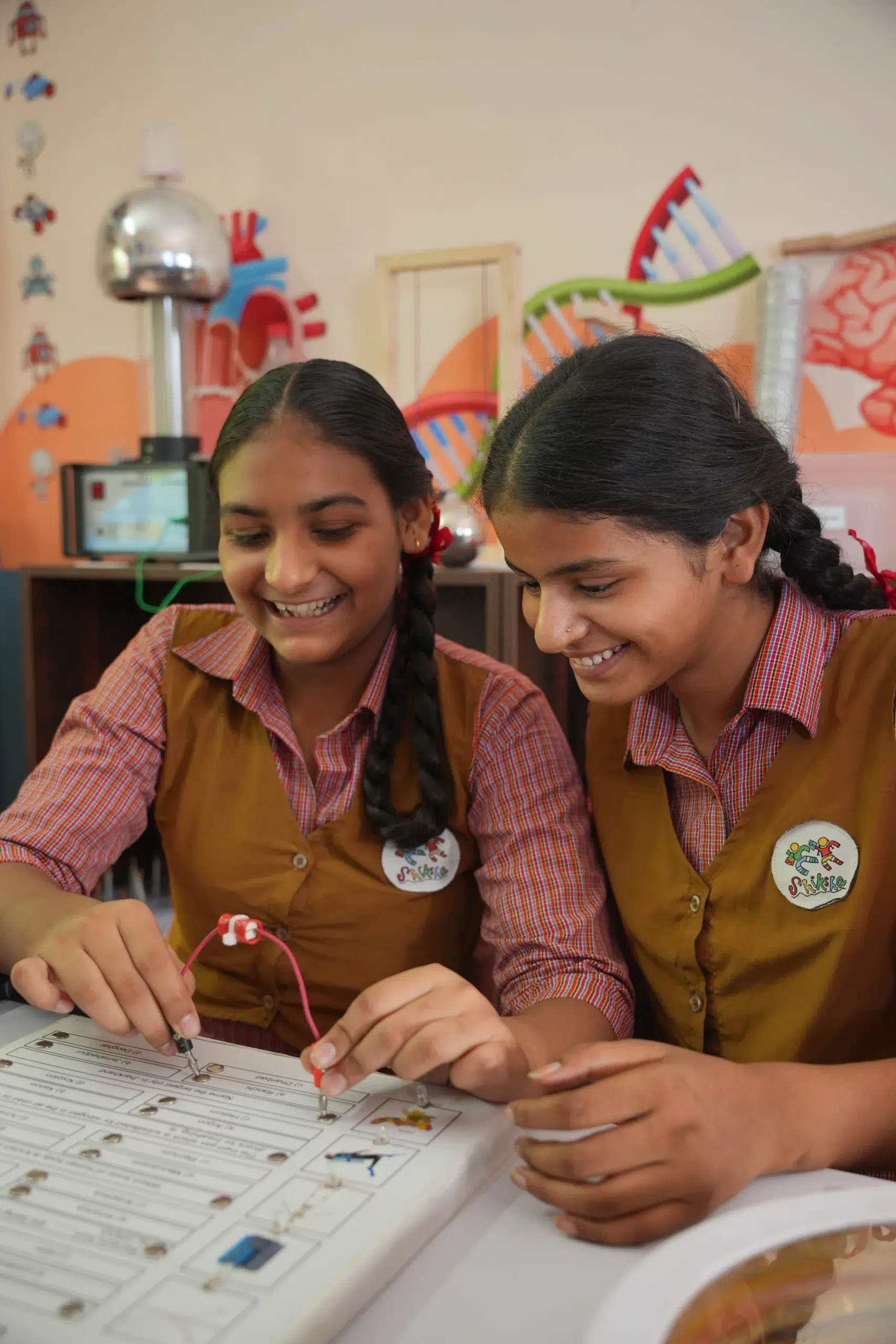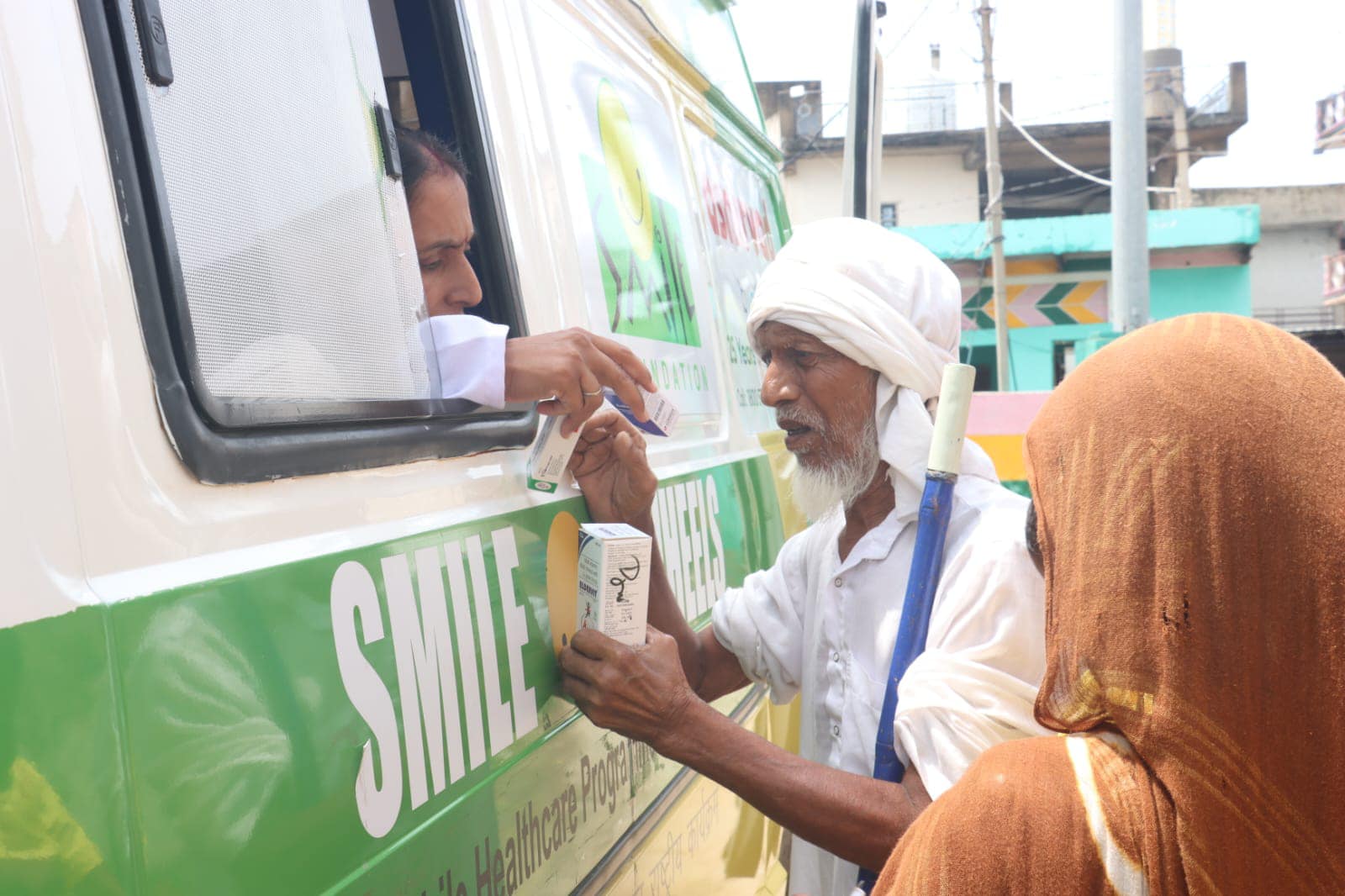1.4 billion of us, Indians! The good news is 68% of this huge population is within the working-age group, spanning 15 to 64 years old (UNFPA’s State of World Population Report 2023). By 2041, the demographic dividend of India is poised to peak. It means the economic growth potential of our country can result from shifts in a population’s age structure, mainly when the share of the working-age population is larger than the non-working-age share of the population. This demographic surge holds the promise of a tidal wave of productivity, innovation, and economic growth that can surge across the nation and beyond.
But what does this demographic phenomenon mean for the future of India? It means that India emerging as a global economic powerhouse, setting trends in innovation, technology, and entrepreneurship. With such a huge population projected to fall within the working-age bracket in 6 years time, India could become the driving force behind global economic growth, shaping markets, industries, and trends with its dynamism and ingenuity.
However, alongside this immense demographic potential comes a significant responsibility: ensuring that this increasing workforce is equipped with the requisite skills, knowledge, and opportunities to flourish in a global world.
Global opportunities for India
- Human Resource Powerhouse: India has the potential to emerge as a global leader in human resources, providing skilled talent to meet the demands of various industries worldwide.
- Innovation Hub: With a vast pool of young and creative minds, India can become a hotbed for innovation, technological advancements, and breakthroughs in various fields.
- Economic Growth: A skilled and productive workforce can drive economic growth, attract investments, and create employment opportunities, leading to overall prosperity and development.
Number do not always translate into quality. Sometimes, they become bottlenecks to real growth. We have a young population but most of them are not skilled enough to lead innovation and develop cutting-edge technology- anything that would India in the world map as the next place to be at. So, what is stopping us?
Skill development challenges for the working age population of India
- Skill Mismatch: There is often a gap between the skills demanded by employers and those possessed by the workforce, leading to underemployment and inefficiencies in the labour market as resources are misallocated due to mismatches between supply and demand for skills. This can lead to higher unemployment rates, lower economic output, and reduced competitiveness on both individual and national levels.
- Access to Education: Despite progress, access to quality education remains uneven across different regions and socio-economic groups, hindering skill development and opportunities for many. Limited access to education not only deprives individuals of opportunities for personal and professional growth but also hampers national efforts to develop a skilled workforce and foster economic growth. Without equitable access to education, millions of individuals are unable to acquire the knowledge, skills, and competencies needed to participate fully in the labour market and contribute to the national development.
- Informal Sector Challenges: The informal sector is a substantial component of Indian economy, employing a significant portion of the workforce. However, workers in this sector often face challenges such as limited access to formal training and social security benefits. This can hinder skill development and productivity resulting in a skills gap. Workers lack the necessary training and qualifications to perform their jobs efficiently or to adapt to changes in the market.
What is one resonating theme that plays out in all the above observations? That India needs to be skilled matching global parameters. Without quality and employable skilling, the perceived advantage of the working age population will not play in the favour of India. It will be a huge loss for all of us.
In India, addressing skill development and promoting lifelong learning are imperatives for sustainable economic growth and social progress. The Indian government, along with development organizations and industry partners, has been actively engaged in implementing initiatives aimed at enhancing the quality of education, expanding vocational training opportunities, and integrating technology to democratize access to education and skill development.
Skilling Indian workforce: what is the state doing about it?
- Improving Education Quality: Initiatives like the National Education Policy 2020 aim to revamp the education system, emphasizing holistic development and skill-building from an early age.
- Expanding Vocational Training: Programs like the Skill India Mission offer skill development courses in diverse sectors, addressing the gap between demand and supply for skilled labor.
- Promoting Lifelong Learning: Initiatives like the National Skill Development Corporation offer online courses and workshops, enabling continuous skill upgrading for professionals and students alike.
- Digital Skills Training: Programs like Digital India focus on imparting digital literacy and technology skills, empowering individuals for personal and professional development.
What is Smile Foundation doing about skilling the Indian youth?
Bridging the gap, our Smile Twin e-Learning Program (STeP) equips disadvantaged working age population of India with practical skills essential for employment in sectors like retail, hospitality, marketing, BFSI, etc. Alongside technical training, the program focuses on developing soft skills, personality grooming, and effective communication—attributes crucial for success in competitive job markets. Students not only acquire knowledge but also build confidence and adaptability through hands-on learning experiences.
By empowering the youth with practical skills, confidence, and opportunities, STeP is not only transforming individual lives but also driving socio-economic development and inclusive growth across communities in India.
Our demographic dividend presents a golden opportunity for the nation to become a global leader in innovation and economic growth. However, realizing this potential requires concerted efforts to address skill gaps, improve education and training infrastructure, and ensure inclusive and equitable access to opportunities for all segments of society. By investing in skill development and fostering collaboration between government, development organizations, and industry stakeholders, India can make all its big dreams come true.



